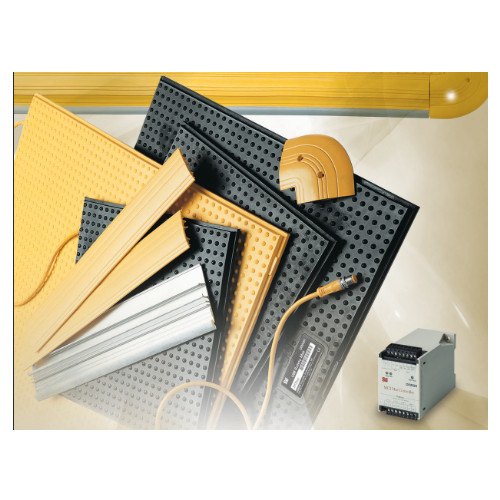Safety is a critical concern in various industries and commercial spaces where the well-being of individuals is at stake. An essential component of safety systems is the safety mat, a smart floor covering designed to detect pressure or weight distribution and trigger appropriate responses to prevent accidents and injuries. In this article, we will delve into the world of safety mats, exploring their purpose, functions, types, and benefits, while highlighting their importance in maintaining a safe working environment.
What is a Safety Mat?
A safety mat is an electronic floor covering made from durable materials such as rubber or foam, embedded with pressure-sensitive sensors. These mats are designed to detect the presence or absence of weight or pressure applied to their surface.
Functionality and Operating Principle
The primary function of a safety mat is to monitor the presence of individuals in specific areas and trigger an appropriate response to prevent accidents. When pressure is applied to the mat, the sensors detect the change and send a signal to the connected safety system or controller. The safety system then responds by activating a safety measure, such as stopping machinery, triggering an alarm, or initiating a warning signal.
Types of Safety Mats
- Non-Matrix Safety Mats
Non-matrix safety mats consist of a single layer that is sensitive to pressure. They are ideal for applications where simple presence detection is required. These mats are available in various sizes and shapes to suit different requirements.
- Matrix Safety Mats
Matrix safety mats are more advanced and versatile. They are composed of multiple pressure-sensitive cells arranged in a matrix layout. These mats offer precise detection capabilities that allow for more complex applications. Each cell can be programmed individually, enabling selective response triggers based on location and weight distribution.
Applications and Benefits
Safety mats are primarily used to enhance safety in workplaces and public spaces. These mats instantly detect the presence of individuals in restricted or hazardous areas, reducing the risk of accidents and injuries by triggering appropriate safety measures, such as stopping machinery, preventing falls, or alerting personnel.

